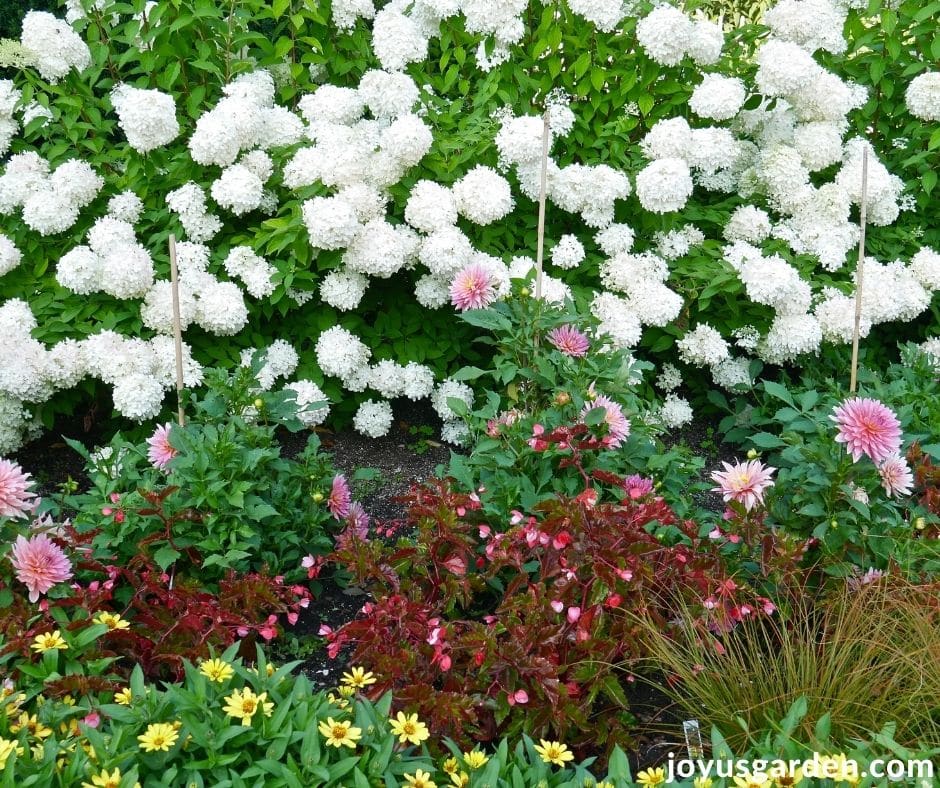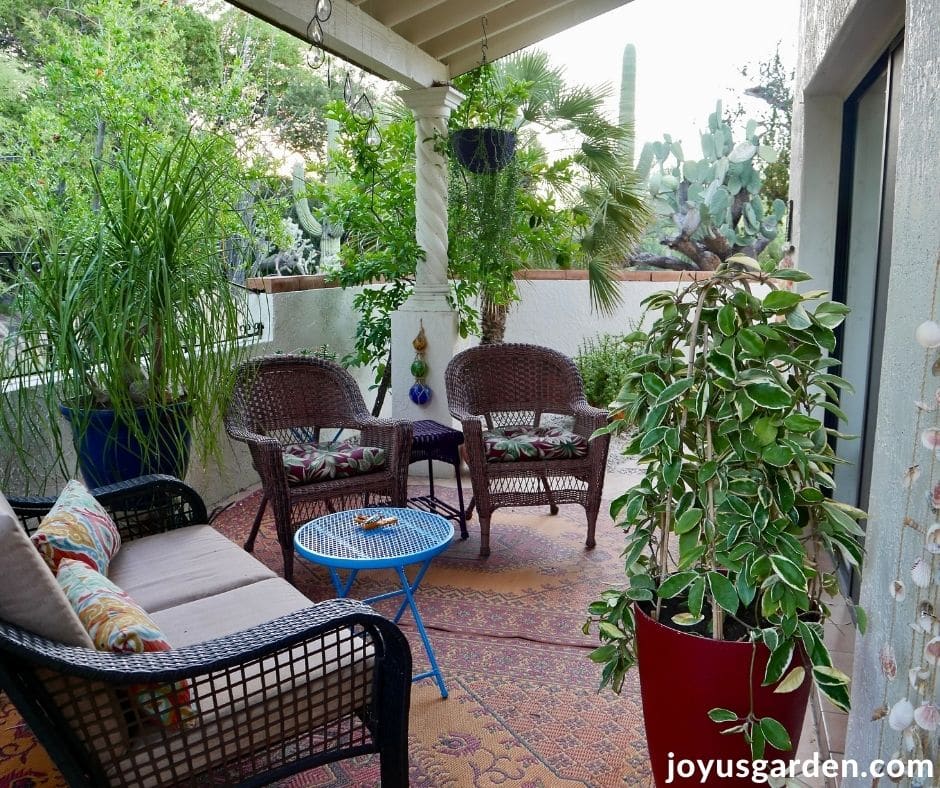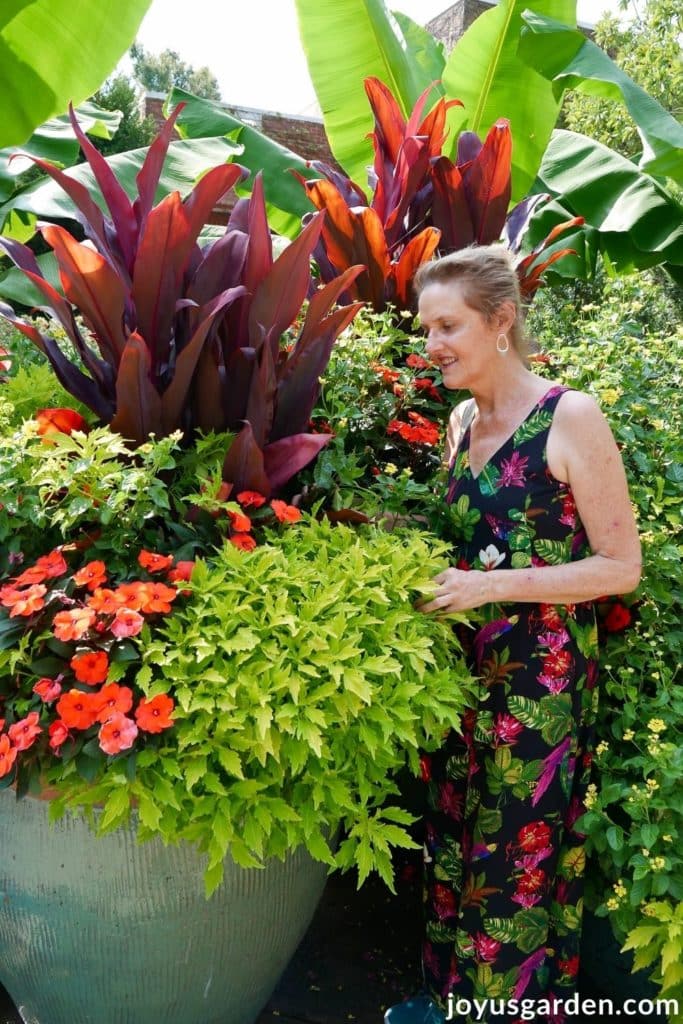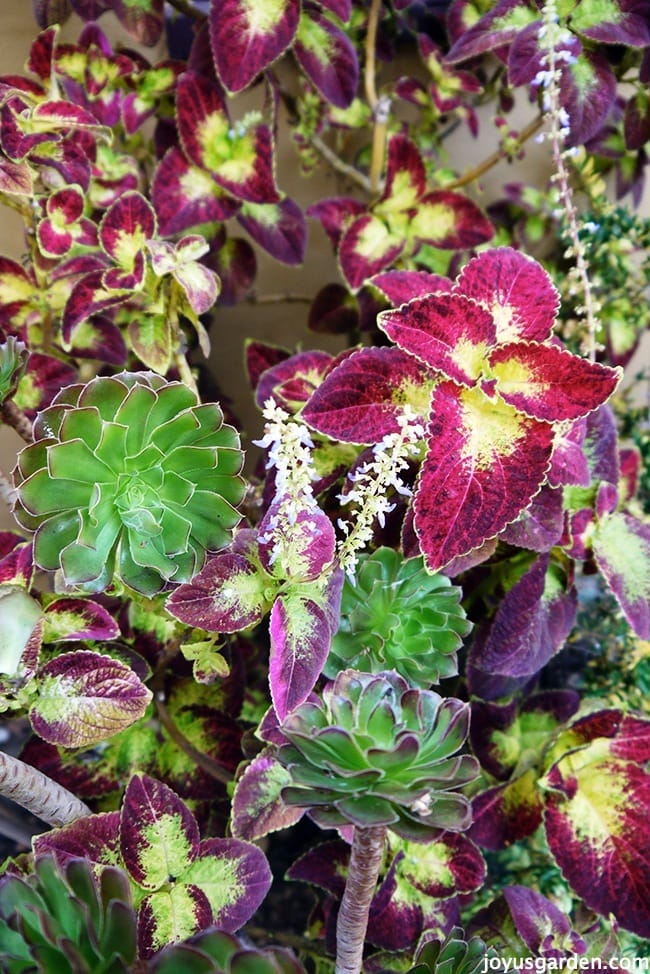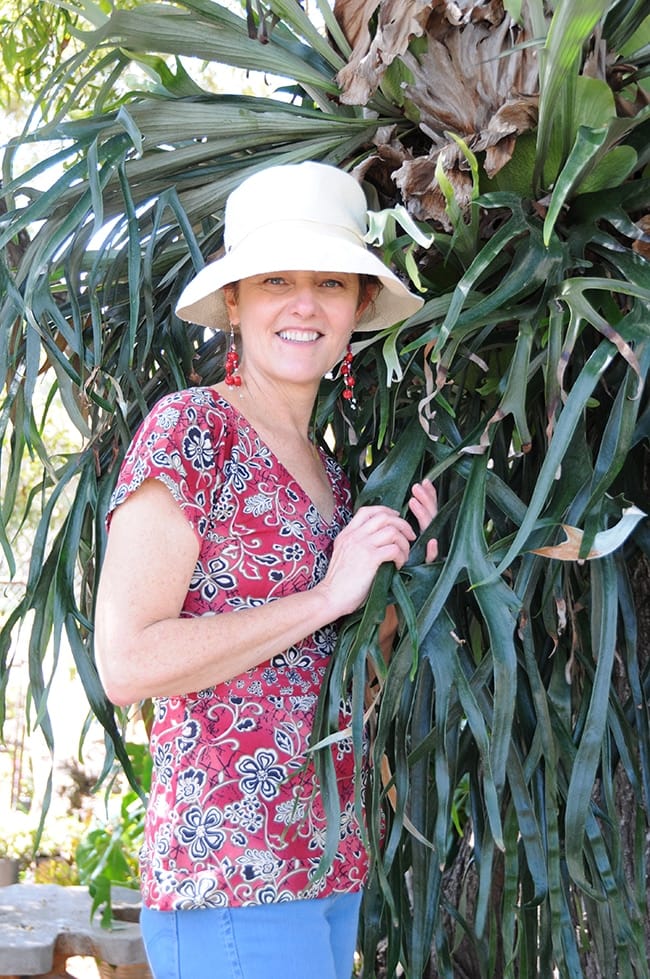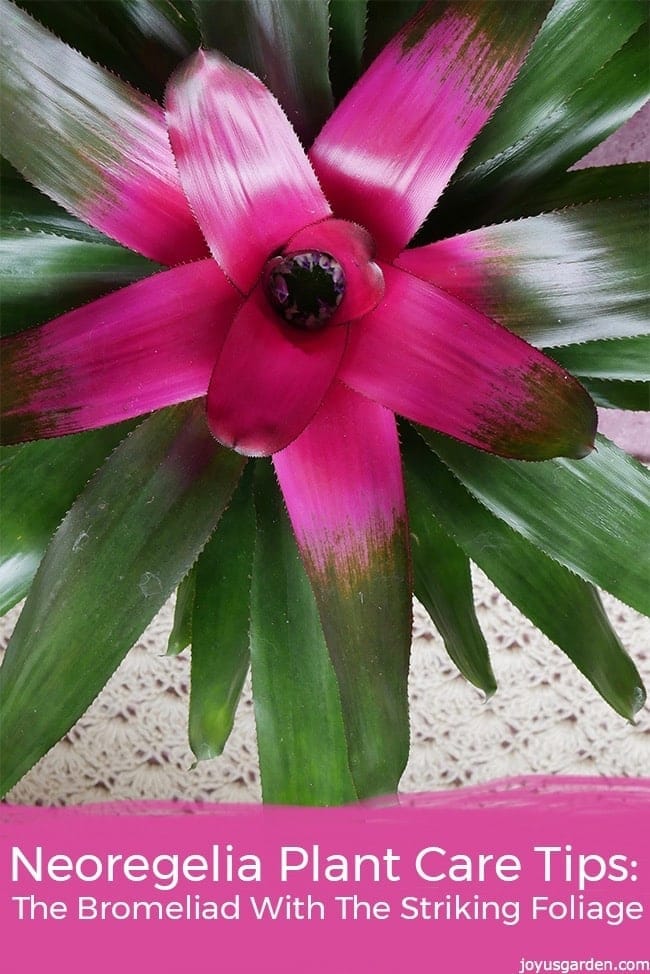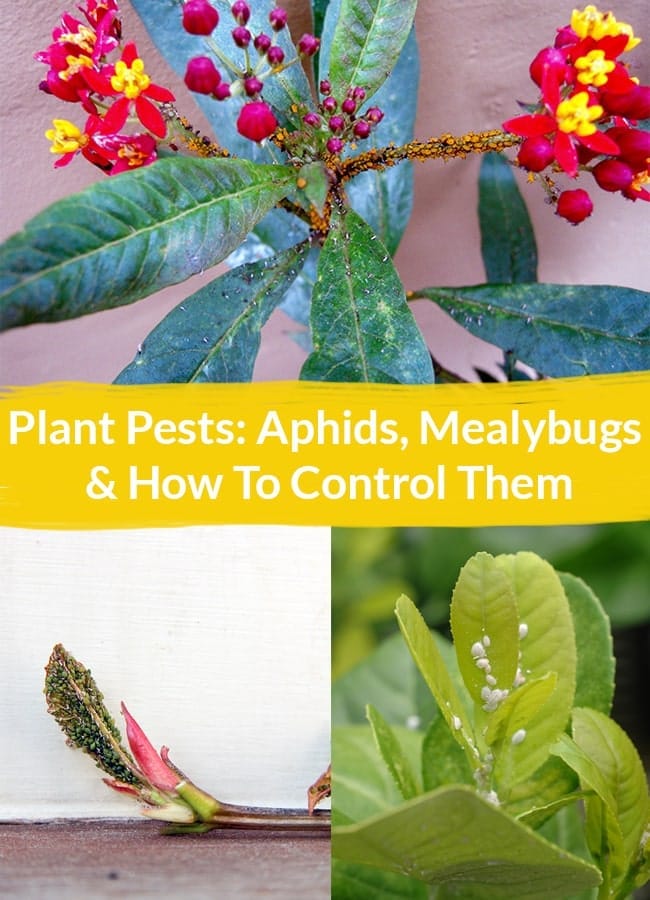Organic Gardening At Home
Spring is here and our thoughts turn to days spent frolicking in the great outdoors. I’ve been doing so many posts on indoor gardening and decided it was time for a change. Organic gardening at home is something I’ve always done and I want to share my thoughts on what it means to me.
The term “organic gardening” is a bit broad and vague, isn’t it?
I was thinking of titling this post Principles Of Gardening With Nature because that’s the bottom line of what it is to me.
Don’t fight nature, respect and work with it. I want to keep Mother Nature happy as well as all the birds, bees, butterflies, bobcats, bunnies, and the rest of the creatures that visit my garden!
This is organic gardening to me in a nutshell: keep your garden healthy and strong naturally, avoiding synthetics, so the plants will, in turn, be healthy and strong.
This way, they can better fight off pest infestations, diseases, viruses, and infections.
I grew up on a farm in New England, was a professional gardener in California for over 20 years, and have had my own gardens in both California and Arizona for many years.
I don’t claim to be an expert but I have many years of experience and this is what works for me. If you’re a beginning gardener, I hope this helps you out!
I’m not specifically talking about vegetable gardening here, although most of these principles would apply to that. I’ve been ornamental, herb, and container gardening for many years – that’s what this encompasses.
Tips for Organic Gardening At Home
1) The soil is key
I’ve just moved into a new home and am plotting out the renovations I plan on doing to my existing garden. The most important thing I think about is the soil and getting or keeping it healthy.
The soil is the foundation from which the plants grow. Good soil = healthy plants. With previous gardens I’ve done and had in New England and California, I’ve always enriched the soil with local compost from a landscape supply company.
Here in the desert, I don’t use compost on all my plants because cacti really don’t need it. Gardening in the hot, sunny Sonoran Desert is a whole different bag!
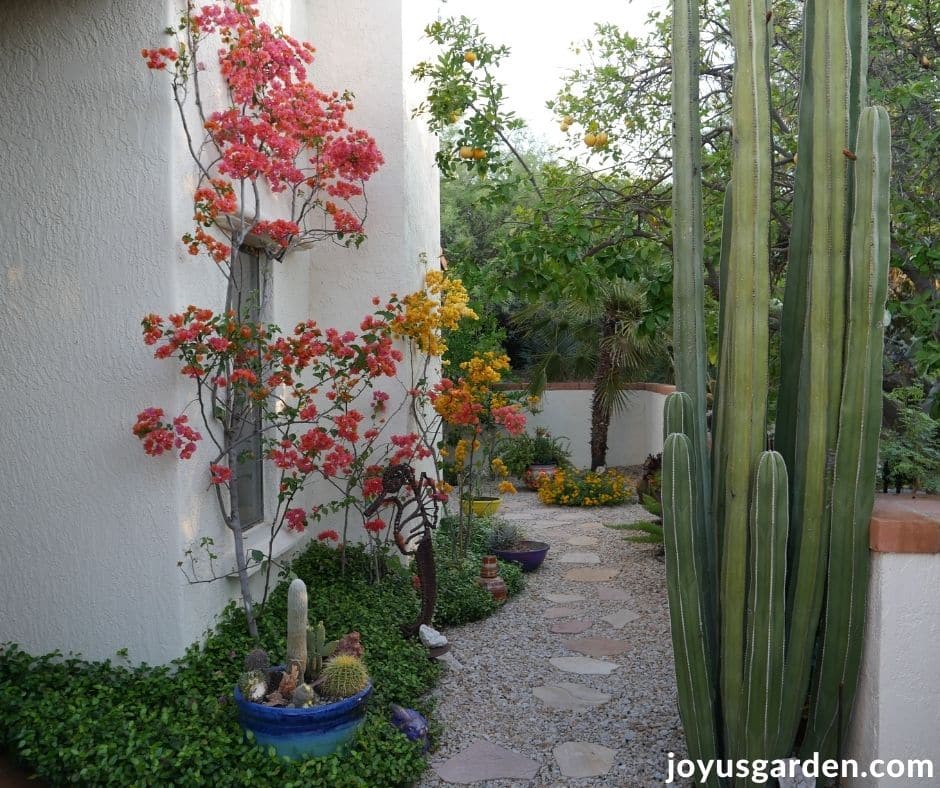
2) Choose the right plants
Use plants that are best suited for your USDA zone and local climate so you’re not forcing them to survive with fertilizers, excess water, etc.
For instance, here in the desert, I wouldn’t even think of growing hydrangeas. It’s too hot and dry, and I’d have to be constantly amending the soil, and watering them almost every day.
Research what plants do best in your area and shop at a reputable, local garden center if you can. Most nurseries sell decent stock but be sure to pick out healthy plants to bring home to your garden.
3) Location
Make sure those plants are suited for the right location in your garden. Some plants need sun, some plants need shade.
In order for a plant to stay healthy and strong, it needs to be planted where it’ll do best.
4) Plant correctly
Dig the hole wide enough and amend with compost if needed. Don’t crowd the plants; be sure to leave room for them to grow and develop.
Plants need air circulation to help prevent pest outbreaks, diseases, viruses, and all those nasty things we don’t want to deal with in our gardens.
5) Apply organic compost
Local organic compost is the best way to nourish. It builds the soil up, helps to retain nutrients, and holds in moisture too. I think it’s one of the most important things to do when organic gardening at home.
I apply a layer of compost and worm compost on all my container plants, even my houseplants, every spring.
When I had my gardening business in the SF Bay Area, I would compost my clients’ gardens every 2-3 years.
Related:
How to Feed Houseplants Naturally With Compost & Worm Compost
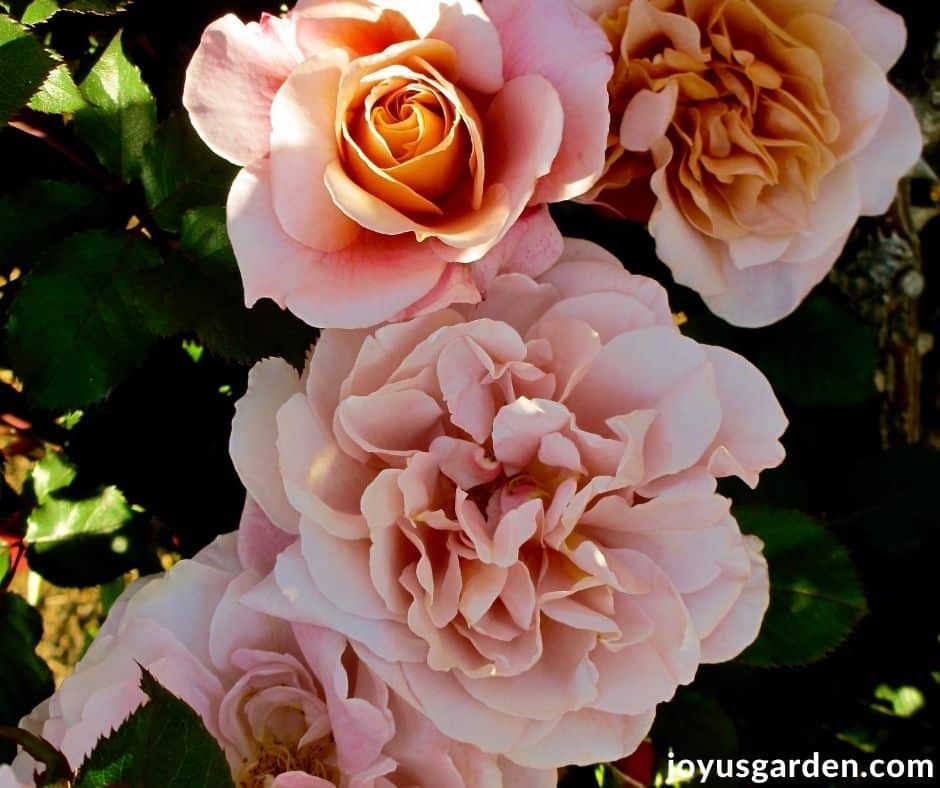
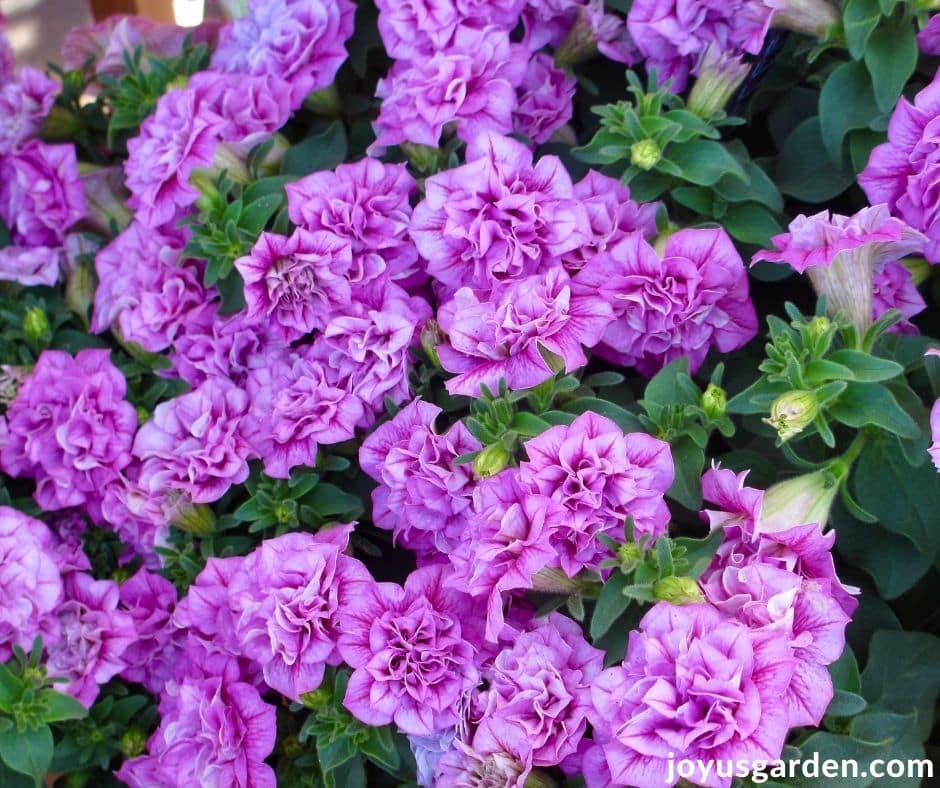
6) Use safe fertilizers when needed
Plants like roses and annuals do best with extra feeding because they bloom so much. I nourished roses organically and flowers using this method with great success.
Camellias, rhododendrons, and citrus were the only other plants I fertilized. My favorite brand of organic fertilizer is Down To Earth followed by Dr. Earth.
Related:
- The Best Way to Feed Roses Organically
- Organic Flower Gardening
- How to Feed Camellias With Great Success
7) Water wisely
Of course, you need to water a plant well when it’s planted and while it’s establishing. In general, plants need less water as they age.
The watering schedule depends on your climate and the type of plants. Here in the desert, a drip system is the most efficient. In the heat, I water in the early mornings to help conserve.
Many people water too frequently or not deep enough so be sure to be mindful of these.
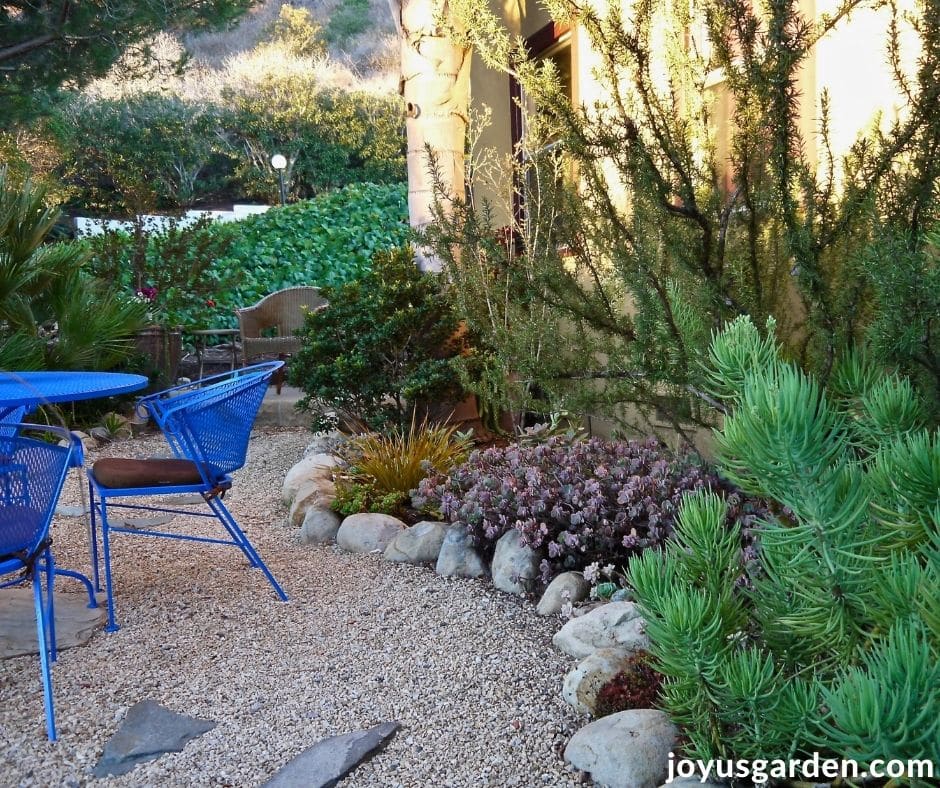
8) Pull up weeds manually and discard the debris
Weeds seed and spread like crazy so it’s best to get them before they take over. This avoids using toxic herbicides to get rid of weeds and grasses.
This is my favorite weed-removing tool of choice. There are stand-up weed removers also if kneeling isn’t your thing.
My front yard in Santa Barbara was full of Bermuda Grass and weeds. I sprinkled the space with corn gluten and smothered it with thick layers of newspaper.
I was then able to plant my succulent beds and create the gravel patio area right very that. Hardly a weed emerged!
9) Control pests naturally
I blast aphids off with the garden hose. They often appear on certain plants in the spring and could easily be controlled if I took action early on.
Mealybugs would occasionally be a problem on my fleshy succulents in Santa Barbara, and again, I would hose them off.
A couple of my Bougainvilleas here in Tucson would be attacked by leaf cutter bees every year but I just let them be. Their life span is short and they didn’t do much damage.
I’ve heard of quite a few concoctions people have used for pest control. I’ve used water and vinegar and water and alcohol but you can read about others in these articles: natural & homemade insecticides as well as natural home pesticides.
Avoid synthetic pesticides and opt for something much less toxic like Neem Oil.
Related:
Aphids & Mealybugs & How To Control Them
What’s Eating My Bougainvillea Leaves
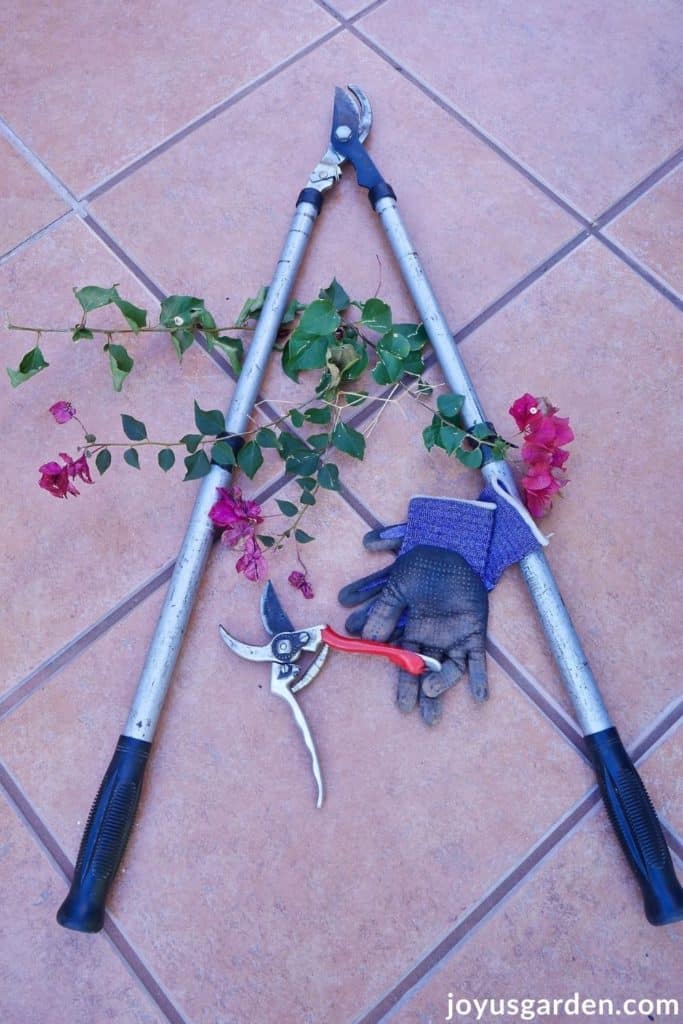
10) Prune your plants
Last on this list of tips for organic gardening at home is to prune for overall plant health. How you prune depends on the plant and the season. Always make sure your pruners are clean and sharp before starting on any big pruning jobs.
Proper pruning helps keep the plant in good health. Yes, I sound like a broken record but a healthy plant is a strong plant and therefore a warrior!
Improperly pruned plants can get so dense that they encourage insects and the center of the plant to smother out. You can information online on pruning specific plants. Salvias are a very popular landscape plant and how you prune them depends on the type of salvias you have.
Related:
Organic gardening at home makes sense and isn’t hard to do. The points listed above will keep your plants healthy and strong and prevent using chemical synthetics. A good way to go!
Happy gardening,

This post may contain affiliate links, you can read our policies here.
